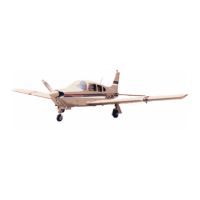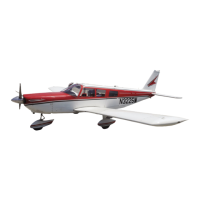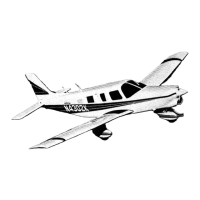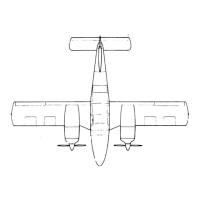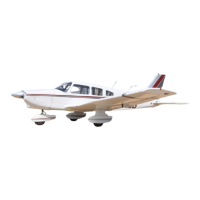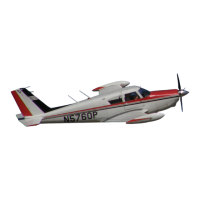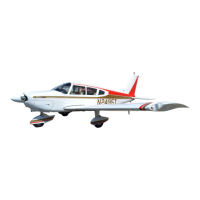PIPER
SENECA
II
SERVICE
MANUAL
The circuit breaker panel contains two 5 ampere circuit breakers marked ALT FIELD left and right.
If
the field circuit breakers trip,
it
will result in a complete shutdown
of
power from the particular generating
system. After a one or two minute cool-down period, the breakers can be reset manually.
If
tripping
reoccurs and holding the breakers down will
not
prevent continual tripping, then a short exists in the
alternator field.
Unlike previous systems, the ammeters do
not
indicate battery discharge
but
displays the load in
amperes placed on the particular generating system. With
all
electrical equipment
off
(except master), the
ammeters will indicate the amount
of
charging current demanded by the battery. This amount will vary,
depending on the percentage
of
charge in the battery at the time.
As
the battery becomes charged, the
amount
of
current displayed on the ammeters will reduce
to
approximately two amperes. The amount
of
current shown on the ammeters will tell immediately whether or
not
the alternator systems are operating
normally
if
the following principles are kept in mind.
NOTE
The amount of current shown on the ammeter
is
the load in
amperes that
is
demanded by the electrical system from the
alternator.
As
a check, take for example a condition where the
battery
is
demanding
IO
amperes charging current; then switch on
the anti-collision light. Note, the value in amperes placarded on
the panel for the anti-collision light circuit breaker ( 10 amps) and
multiply this by 80 percent; you will arrive at a current
of
8
amperes. This
is
the approximate current drawn
by
the
anti-collision light. Therefore, when the anti-collision light
is
switched on, there will be an increase
of
current from
10
to
18
amperes displayed on the ammeter.
As
each unit
of
electrical
equipment
is
switched on, the currents will add up and the total,
including the battery, will appear on the ammeter.
11-5. ALTERNATOR AND COMPONENTS.
11-6. DESCRIPTION OF ALTERNATOR. The principal components
of
the alternator are the brush
holder assembly, the slip ring end head, the rectifiers, the stator, the
rotor
and the drive end head.
a.
The brush and holder assembly contains two brushes, two brush springs, a brush holder and
insulators. Each brush
is
connected
to
a separate terminal stud and
is
insulated from ground. The brush and
holder assembly can easily be removed for inspection
or
brush replacement purposes.
b. The slip ring end head provides the mounting for the rectifiers and rectifier mounting plate,
output
and auxiliary terminal studs, and the brush and holder assembly. The slip ring end head contains a
roller bearing and outer race assembly and a grease seal.
c.
The rectifiers used
in
these units are rated at 150 peak inverse voltage (PIV) minimum for
transient voltage protection. Three positive rectifiers are mounted in the rectifier mounting plate while the
three negative rectifiers are mounted in the slip ring end head. Each pair
of
rectifiers
is
connected to a
stator lead with high temperature solder. The stator leads are anchored
to
the rectifier mounting plate with
epoxy cement for vibration protection.
Reissued: 10/11/79
ELECTRICAL
SYSTEM
2F23
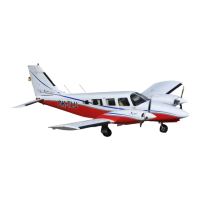
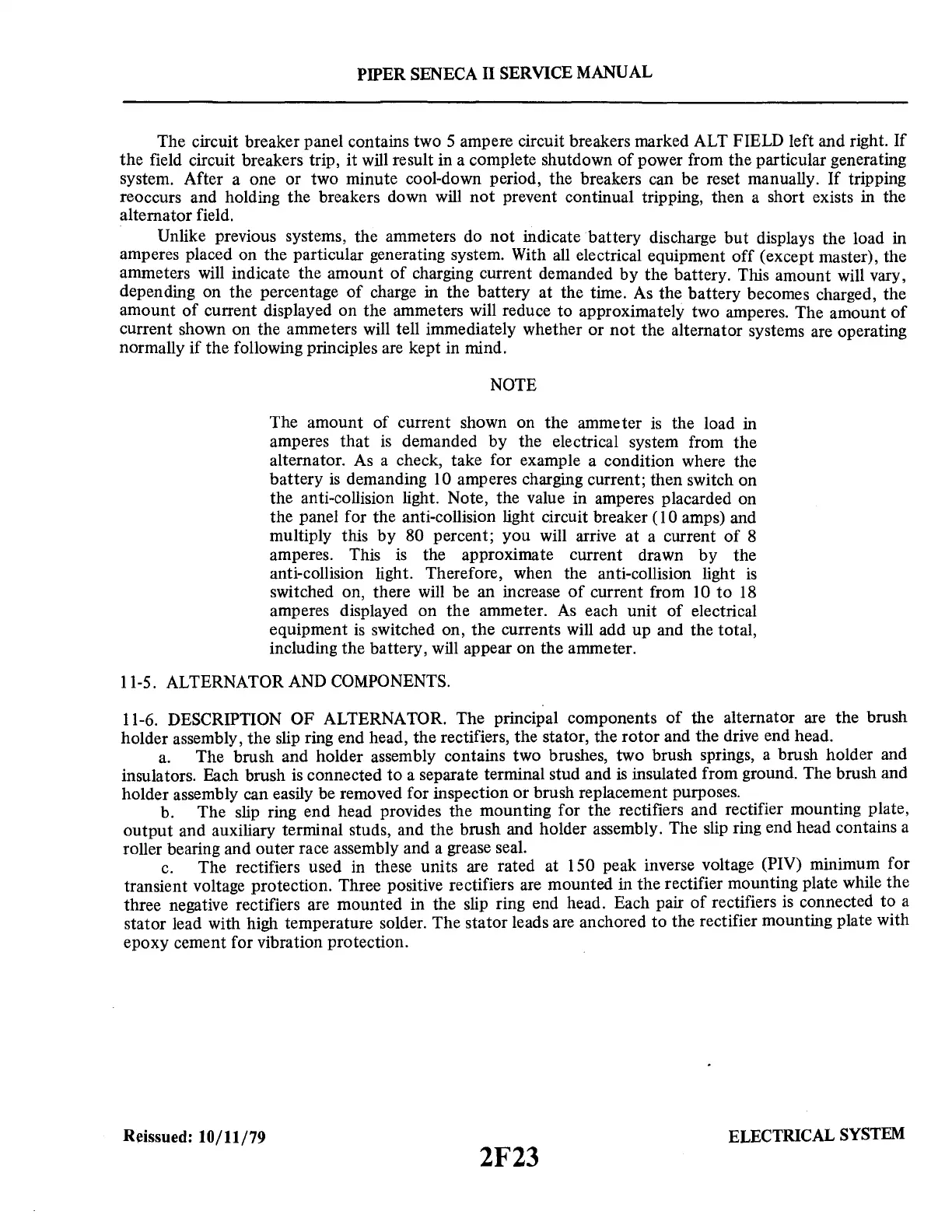